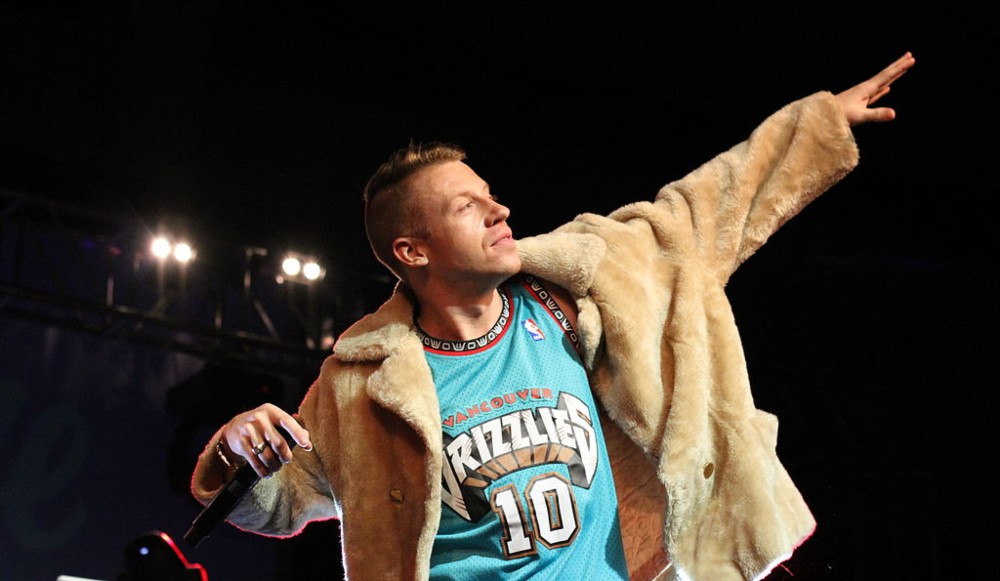The holiday song “White Christmas,” Lieutenant Governor Vic Meyers, and fiddler Mark O’Connor have much in common. Each played a singular role, with national repercussions, in the musical life of Washington State. Spokane-raised Bing Cosby introduced the 1942 Christmas song that became a central theme in our Christmas celebration. Saxophonist Vic Meyers led Seattle jazz and swing bands for over 30 years before becoming a politician. Montlake Terrace fiddler Mark O’Connor won three Grammy Awards during his career.
Pushing the musical notes further back in our state’s history, I note the rhythms and sounds emanating from whistles and percussive beats of Native groups. The first human residents, both coastal and interior, had a song for every occasion by which they called on their ancestors and ancient mythical figures for protection and support.
French-Canadian voyageurs, fur traders, and trappers introduced traditional work songs into the Pacific Northwest wilderness. Religious hymns arrived with the missionaries and were taught to puzzled Native groups. In 1836, Dr. Marcus Whitman and his wife Narcissa arrived in the Oregon Country with a repertoire of religious songs, many of which served as after-dinner solos.
With the 1840s and its immigrant trails came the occasional fiddle, Jew’s Harp, banjo, and upright pianos. Pioneer musical tastes ran to “Turkey in the Straw” and the sweet songs of Stephen Foster. By the 1850s, quadrilles and “town” concerts were performed in scattered settlements. Churches appeared, often becoming natural theaters for choir programs and organ recitals. St. Paul’s in Steilacoom acquired the first pipe organ.
By the 1860s, theatrical musicians had created a rough circuit, with Henry Yesler’s Hall in Seattle becoming a prime stop. The variety of presentations included violinists, singers, and someone billed as a “Mocking-Bird Vocalist.” In 1878, Mrs. M.A. Snyder’s music class produced an opera called “Little Red Riding Hood,” with “20 Fairy Attendants.” By the 1880s, and into the 20th century, the Alaska Gold Rush and booming western population centers enjoyed all manner of musical and dramatic entertainment.
In 1903, the Seattle Symphony Orchestra was organized. Walla Walla produced a similar band in 1907. Theater organs became popular, with a few of those opulent and thundering instruments surviving today. Glee clubs and singing societies proliferated. In 1915, a Seattle monthly journal called “Music & Musicians” was produced to keep track of the musical mayhem.
Among educational institutions dedicated to music, the Whitman College Conservatory of Music is the oldest. Seattle’s Cornish School, now a four-year college, has since 1914 trained artists such as modernist composer John Cage and dancers Merce Cunningham, Robert Joffrey, and Martha Graham.
If you want stars, Harry “Bing” Crosby’s antecedents go back to pioneer South Puget Sound where Crosby’s uncle was a well-known ship’s captain out of Olympia. Bing attended Gonzaga High School and University in Spokane. Another local, Martha Wright, was once the toast of Broadway in South Pacific and other hits. Seattle’s Garfield High School produced film composer and Emmy Award winner Quincy Jones and rocker Jimi Hendrix. The famed Philadelphia String Quartet once made its home in the State of Washington, Spokane’s Patrice Munsel became the toast of New York’s Metropolitan Opera, and Glynn Ross created the Seattle Opera in the 1960s.
The list goes on: Ray Charles, who got his start in the Jackson Street clubs of Seattle; Kenny G’s smooth saxophone jazz compositions; Bonnie Guitar of Auburn and her old-time country; the Wailers banging out Washington State’s unofficial anthem “Louie, Louie”; and the original Grunge revolution of Pearl Jam. Lastly, Woodie Guthrie’s timeless Pacific Northwest odes: “Roll on Columbia” and “This Land Is Our Land.”
Discover more from Post Alley
Subscribe to get the latest posts sent to your email.

I wonder what the next beat will be coming out of Seattle
Well! What about Ernestine Anderson? Macklemore? Guitar Shorty? Nirvana? The Fleetwoods? The Ventures? Marilee Rush? Brandi Carlyle? The Frantics? Ivar Haglund?
Soundgarden? The Brother Four?
Not to forget Loretta Lynn and Sir Mix-a-Lot.
And sorry for the typo, Brothers Four
Wonderful, Junius. And, of course, The Long Winters!